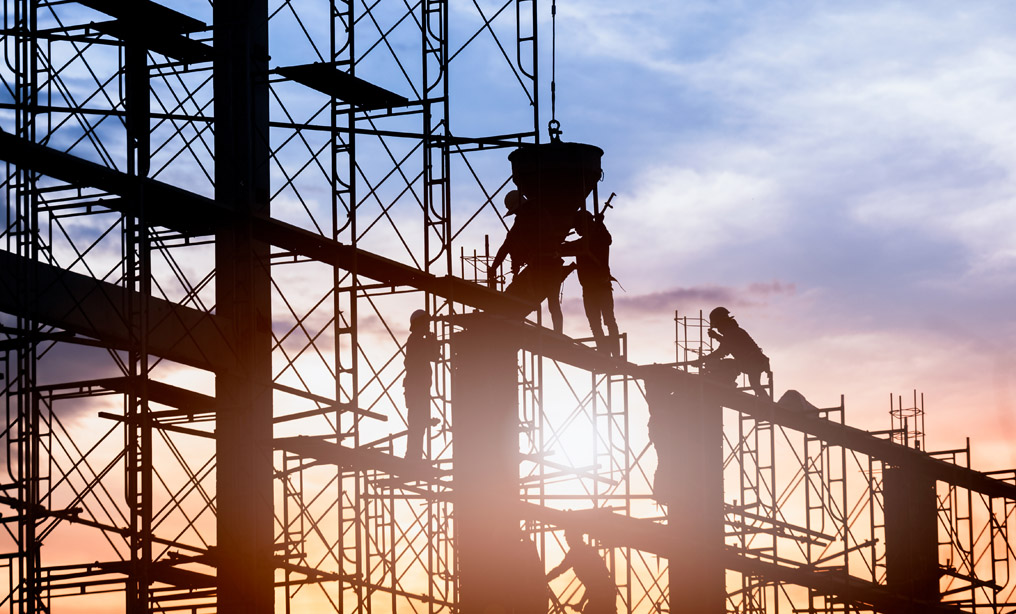 In Biaca-Neto v. Boston Rd. II Dev. Hous. Fund, 34 N.Y.3d 1166 (2020), on his third day on a building construction site, plaintiff, an employee of a subcontractor, was at work atop a seventh floor exterior scaffold platform when asked to work on the other side of the building. Instead of exiting the scaffold via a close-by hoist, or stairs affixed to the scaffold which he had previously built to serve as a safe means for ascent to and descent from the scaffold, and he earlier used to ascend to the scaffold, plaintiff chose a different route. It was to enter the building through a window cut-out located 10’ above the scaffold platform and then cross over to the other side. The process to gain proximity to the window opening which a co-worker previously performed was to unhook his safety belt, climb to the scaffold’s safety rail, and hoist himself onto a cross-beam. In attempting the maneuver for reason in question plaintiff slipped and fell to the scaffold platform.
In Biaca-Neto v. Boston Rd. II Dev. Hous. Fund, 34 N.Y.3d 1166 (2020), on his third day on a building construction site, plaintiff, an employee of a subcontractor, was at work atop a seventh floor exterior scaffold platform when asked to work on the other side of the building. Instead of exiting the scaffold via a close-by hoist, or stairs affixed to the scaffold which he had previously built to serve as a safe means for ascent to and descent from the scaffold, and he earlier used to ascend to the scaffold, plaintiff chose a different route. It was to enter the building through a window cut-out located 10’ above the scaffold platform and then cross over to the other side. The process to gain proximity to the window opening which a co-worker previously performed was to unhook his safety belt, climb to the scaffold’s safety rail, and hoist himself onto a cross-beam. In attempting the maneuver for reason in question plaintiff slipped and fell to the scaffold platform.
The general contractor had issued a standing order directing workers not to enter the building through window cut-outs. Plaintiff said he was unaware of the order, although he acknowledged that he wasn’t supposed to pass through window cut-outs. Statements from two workers said that they had passed through window cutouts. Not mentioned was whether plaintiff knew of their actions. Also stated was that the general contractor purportedly acquiesced in workers passing through window cut-outs, and the scaffold was inadequate for that purpose.






